2021 Specialized Epic
For the 2018 model year, Specialized did a major revamp of its flagship race bike, the Epic. The full carbon frame was made a lot lighter, while the geometry was tweaked to reflect the changing needs of Olympic-level cross country racing. Well, those needs have changed again and the 2021 Specialized Epic has been brought bang up to date with a number of important tweaks to an already fiercesomely fast bike. In addition, the 2021 Specialized Epic EVO, the Epic’s evil twin, has gained some tweaks of its own.
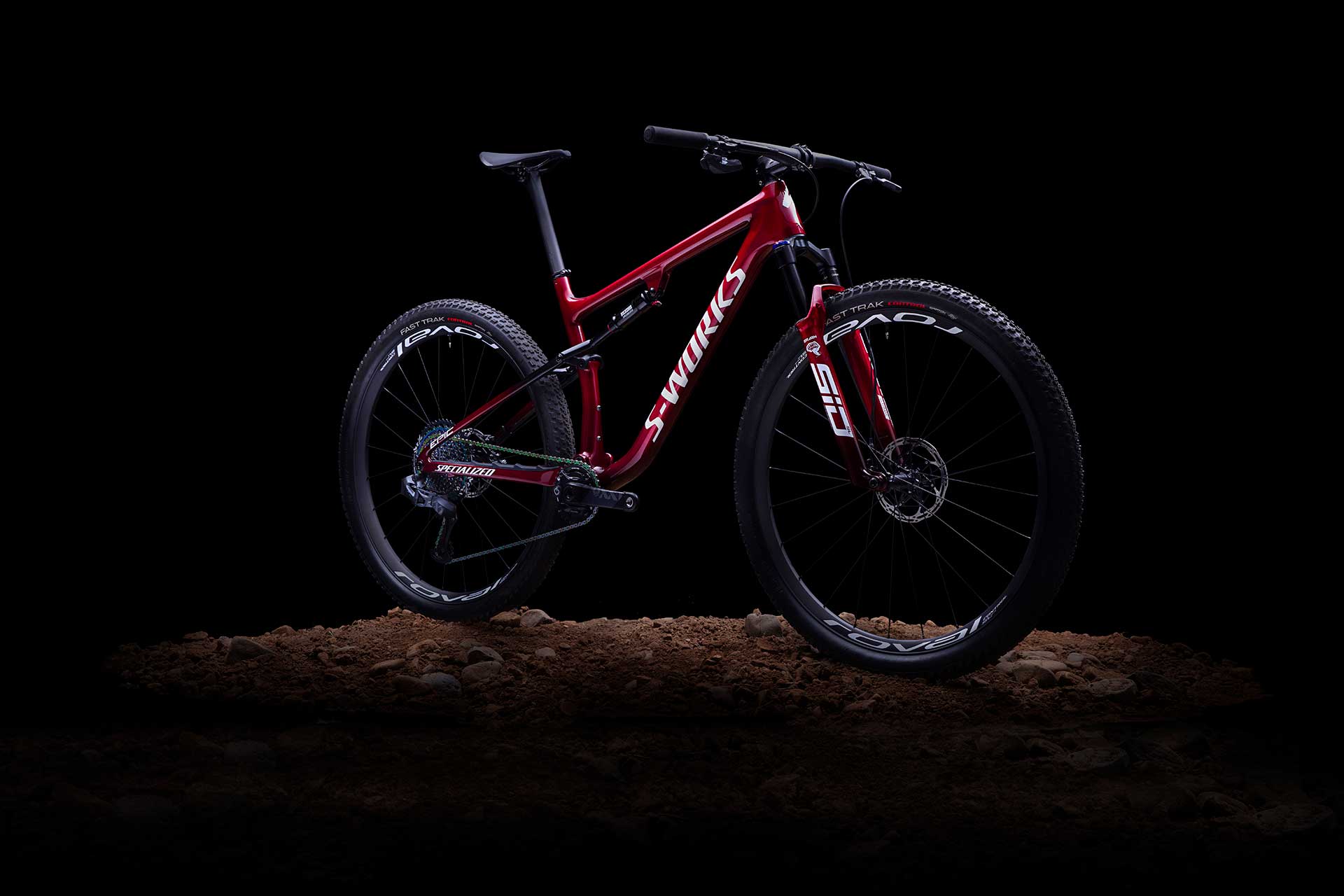
While the 2018 Epic was ‘slackened’ to a whole 69.5° the 2021 Specialized Epic is a whole two degrees slacker still, with a head angle of 67.5° and a steepened effective seat angle of 75.5°. Reach has been lengthened, stems have been shortened and the frame has been lightened. Again.
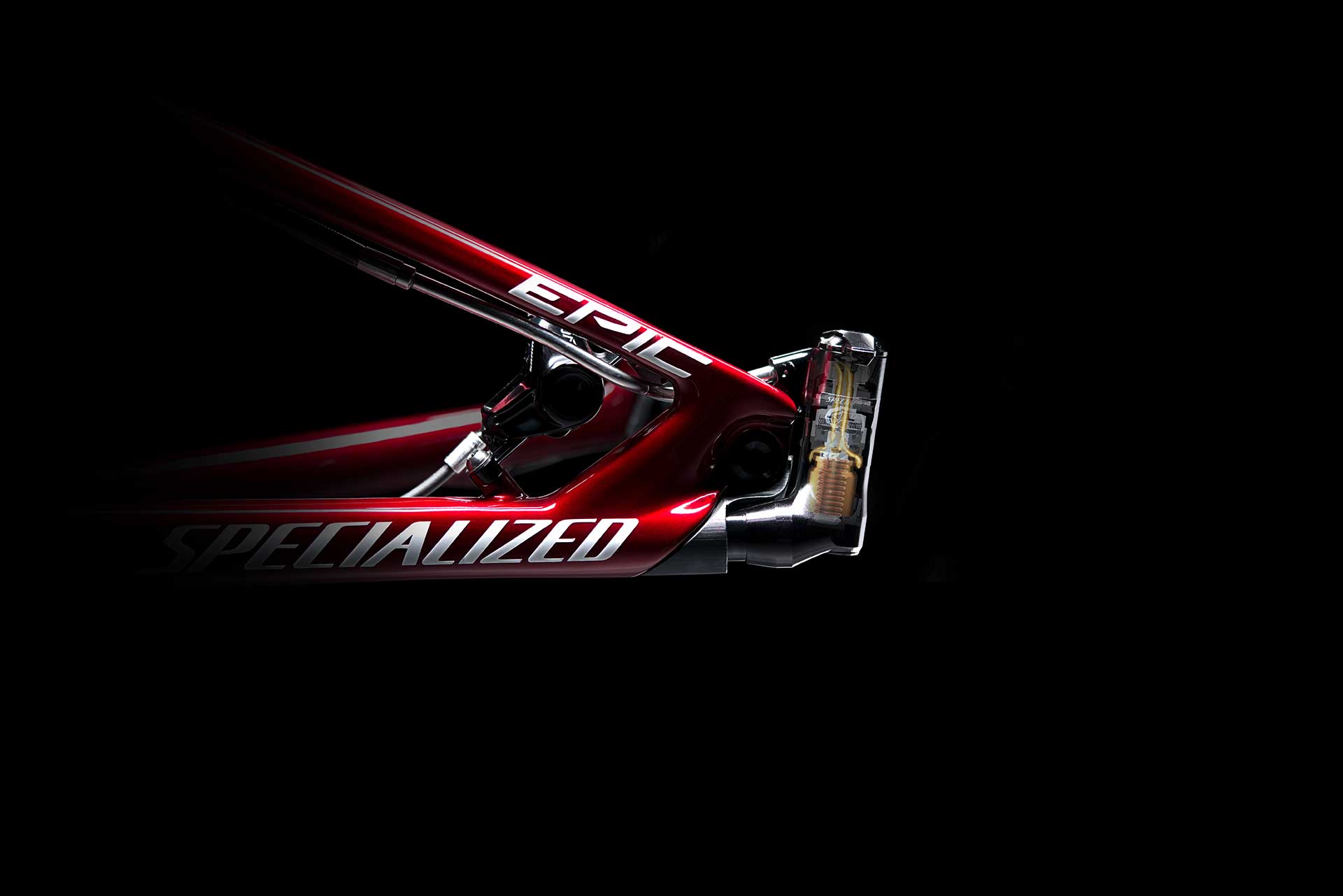
At the heart of the full suspension Epic is the Specialized Brain suspension. This is a purely analogue system that locks the suspension out when the going is smooth, and opens everything up to move the moment you get on the bumpy stuff. The Brain uses a valve, positioned right by the rear axle, with a small brass weight in it. This normally blocks the flow of oil to the rear shock, as it’s held in place by a spring. As soon as the bike hits a bump, the Brain is displaced, leaving the weight behind and allowing oil to flow through the rear shock. As the bumps ease, the spring pushes the weight back over the valve, locking the suspension back out. Specialized has been using this Brain system for the last 20 years and has been refining it with every generation. There are no batteries to charge and no external moving parts. For 2021, the Brain has been further streamlined, keeping the multi-position adjuster but making the whole unit smaller and neater without affecting its distinctive operation. In fact, the new Rx XC tune on the 2021 Epic has been made more obvious, with a firmer tune and made more unapologetically race-only.
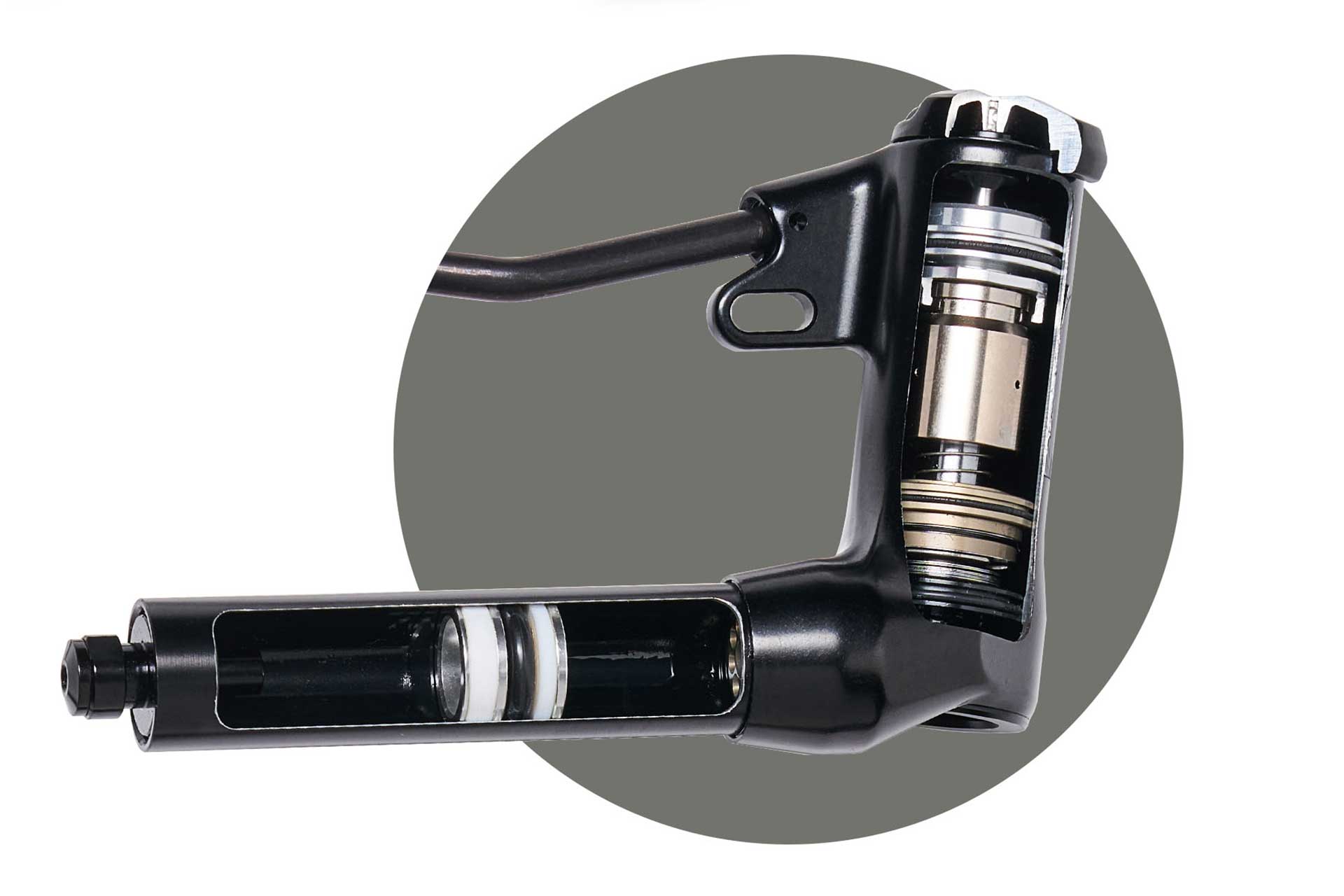
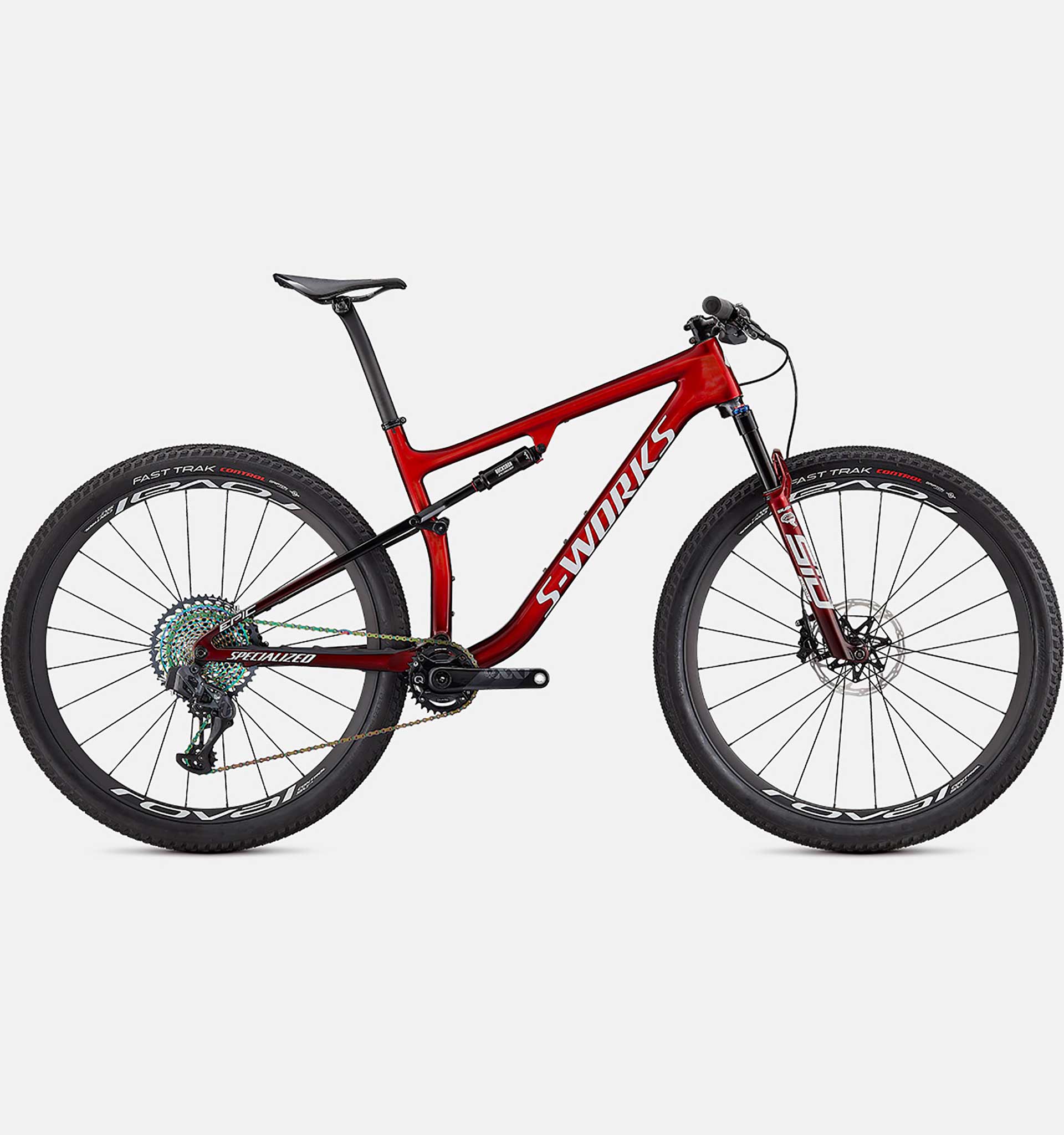
The 2018 model was lightened by over 500g over the 2017 one and so the 2021 Specialized Epic has been lightened again. Not by quite the same dramatic amounts, but the stock frame is now the weight that the top-flight S-Works model was. In addition, Specialized has improved the stiffness of the rear triangle by 15%.
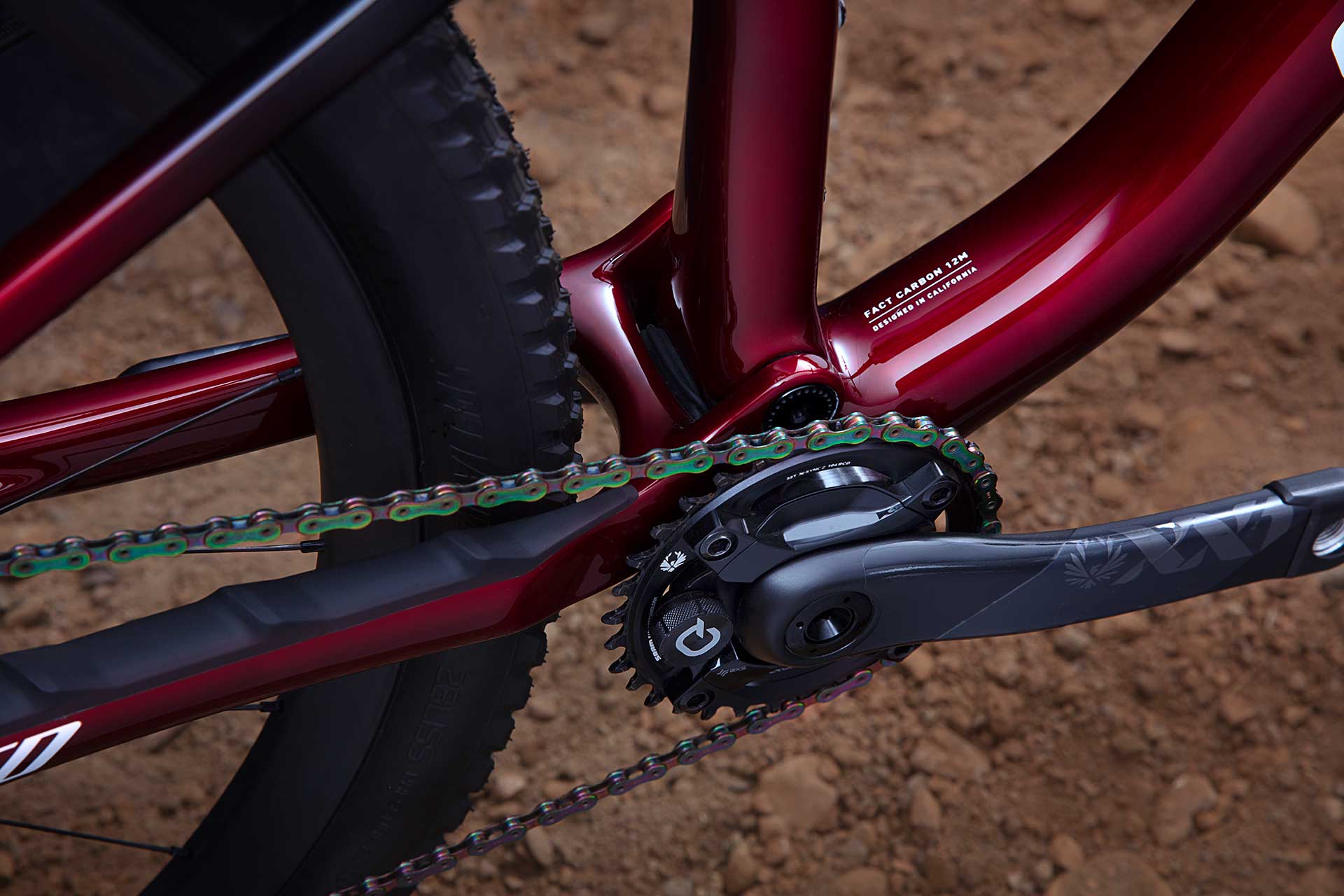
Every tube has had some work done to it. Not just for aesthetic reasons – there is now hidden cable routing instead of the ‘comes out below the bottle cage’ routing of the previous version. In fact we have no idea how the rear brake hose gets to that rear caliper. Magic, we reckon. The overall effect is a very neat bike – especially on the upper models that feature SRAM’s wireless AXS shifting. There are very few cables or hoses on board.
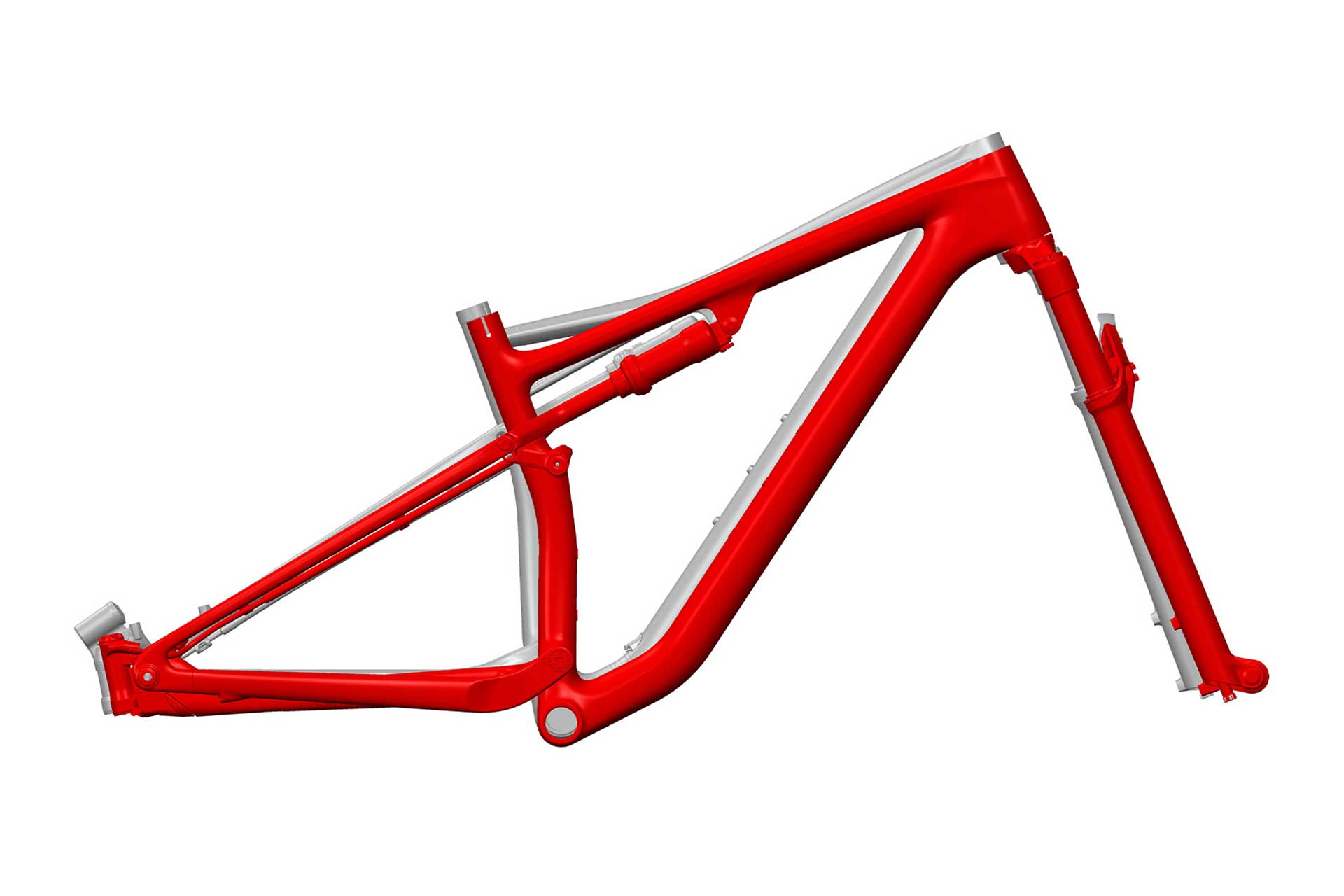
In keeping with its race bike intentions, there is no dropper post, though one can be fitted, and you get a cable-routing plate for the head tube in the box. Also in the box is a bottle cage and Specialized’s cage-mounted SWAT too. There’s no SWAT downtube storage here because, it’s a race bike! Weren’t you listening? There’s no room for that kind of jacket and snack-carrying behaviour here.
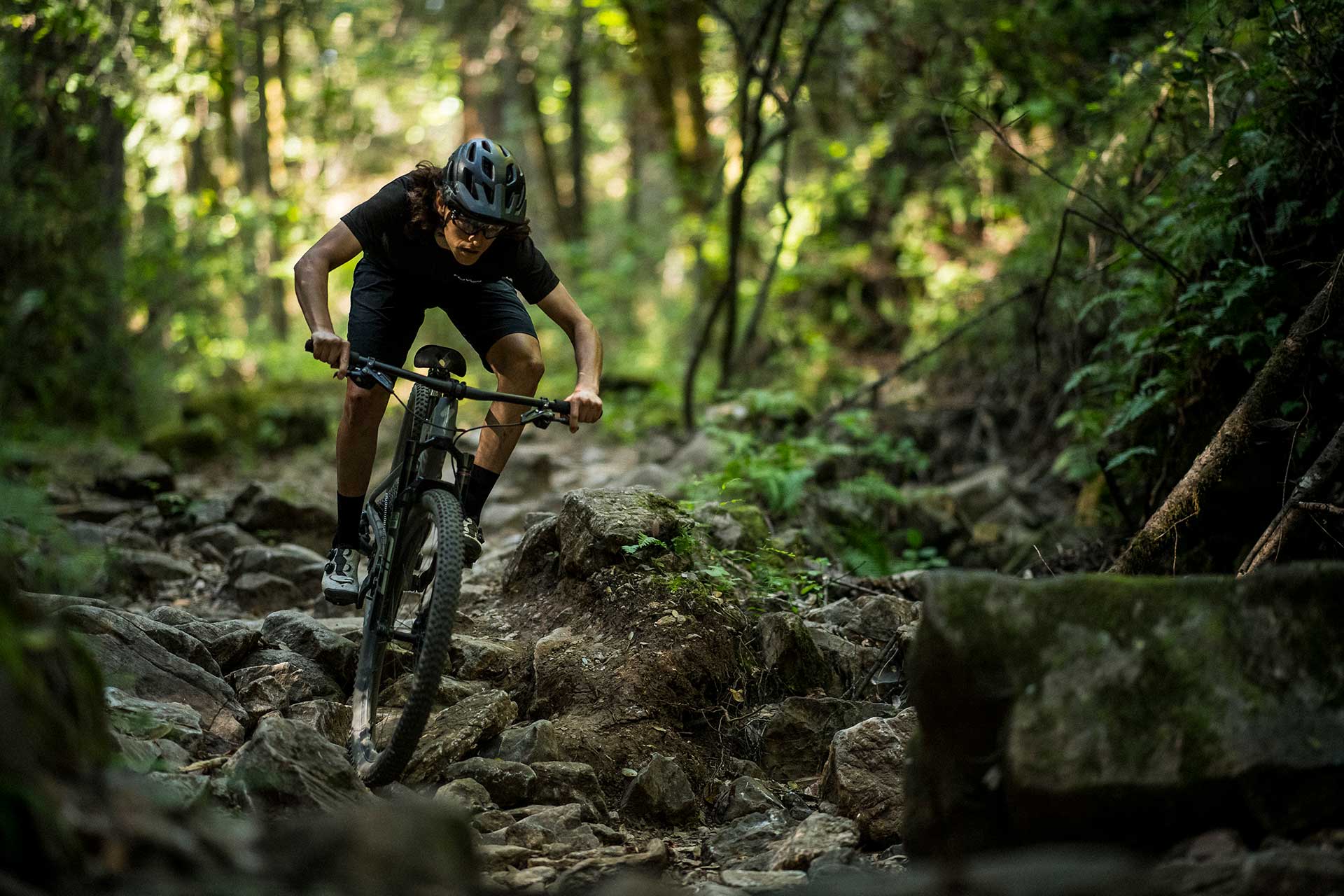
There is a reasonable range of bikes in the 2021 Specialized Epic range – with sizes going from XS to XL and prices that start around £4000 and head up to more than £10,000 for the S-Works version. This will be the only version to feature that amazing Roval Control SL wheels we featured recently. Other models get the existing Roval Control carbon wheels.
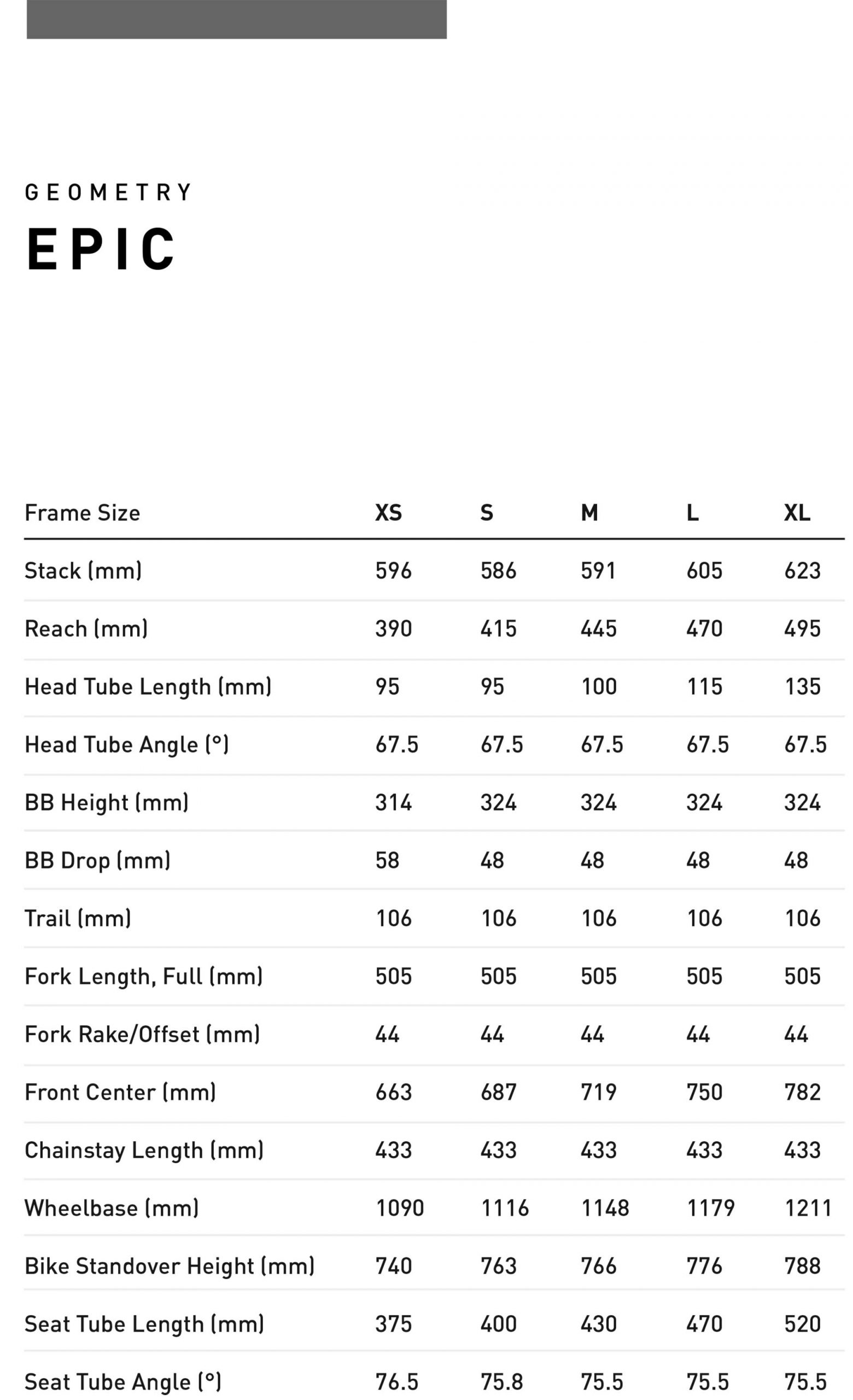
Obviously, all of this cutting edge stuff doesn’t come cheap. Expect prices for the ‘entry’ level 2021 Epic Comp to start at £3,999, with the Expert at £6099, the Epic Pro at £7499 and the top end, no-excuses Epic S-Works to set you back £10,499.
Specialized Epic EVO
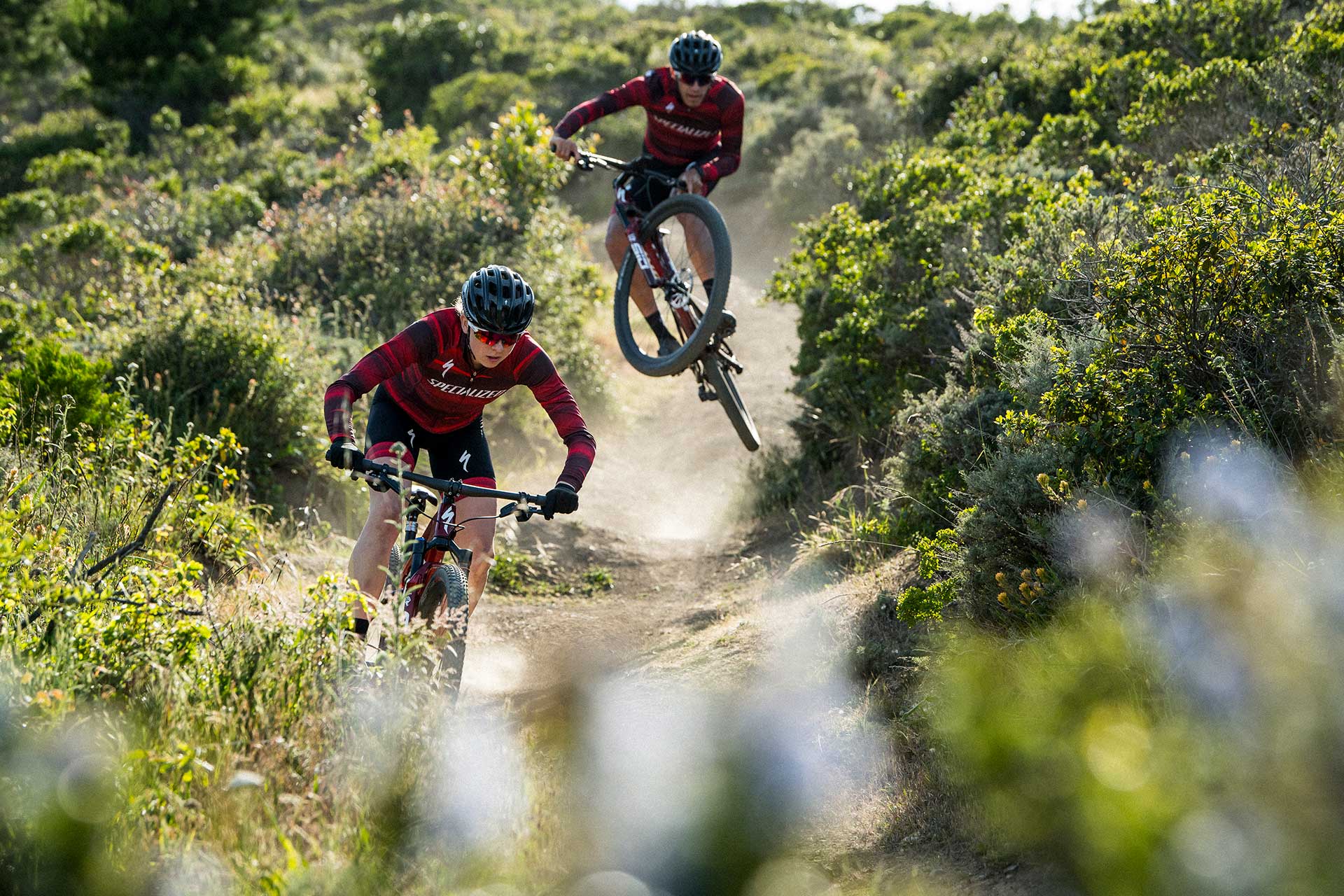
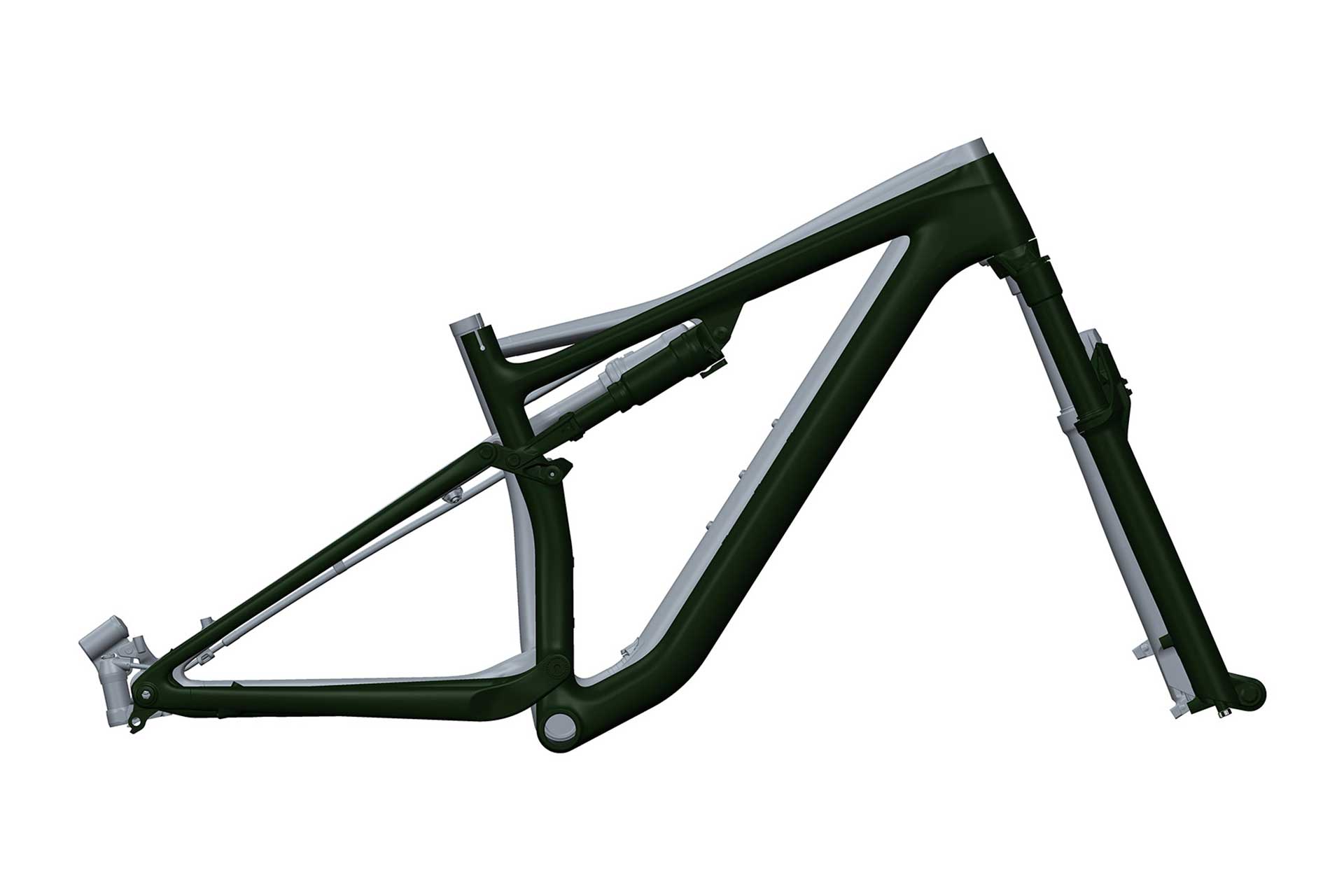
However, it’s not all racing, and the 2021 Specialized Epic EVO is intended for the fast-trail riders out there. While it shares the basic chassis of the 2021 Epic, the EVO is a little more fun loving and rock slaying in design. There’s no BRAIN on this bike – that’s left for the racers, and suspension is subtly longer at 120mm front and 110mm rear. There is also a dropper post (thank goodness!) fitted as standard and four-pot brakes are fitted on the Expert level bike and up.
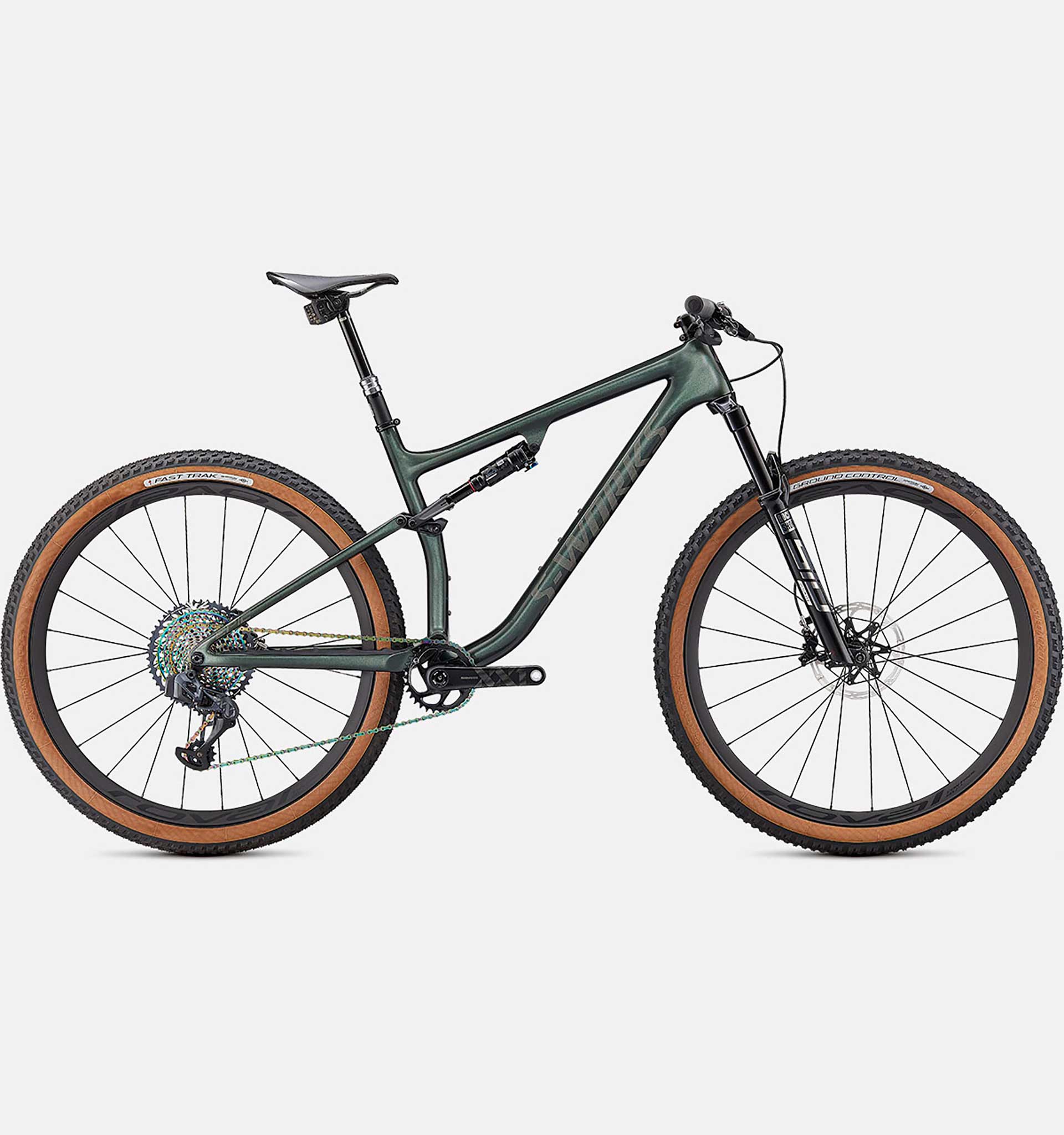
The Epic EVO also features a slightly different linkage (to allow its 110mm of travel) along with improved anti-squat to keep pedalling sharp in the absence of a BRAIN. There’s also a flip-chip, which can take the as-shipped head angle of 66.5° up to 67°, raising the BB by 6mm too.
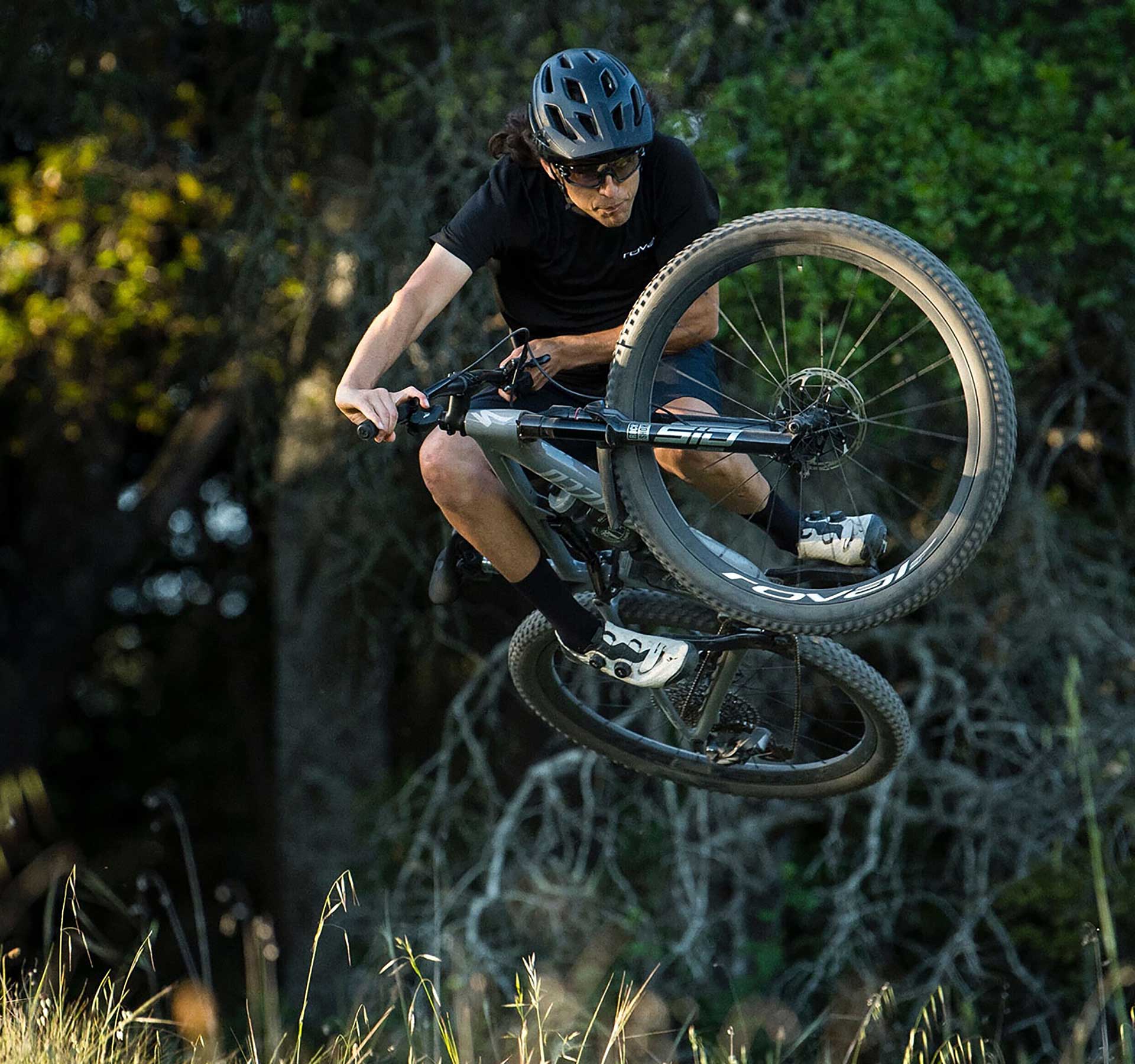
The EVO is meant for fast-trail riding (though obviously it can be raced if the desire takes hold) but the suspension is tweaked for better pedalling efficiency, the travel is upped just enough to keep you out of trouble and there’s a sweet, sweet dropper post.
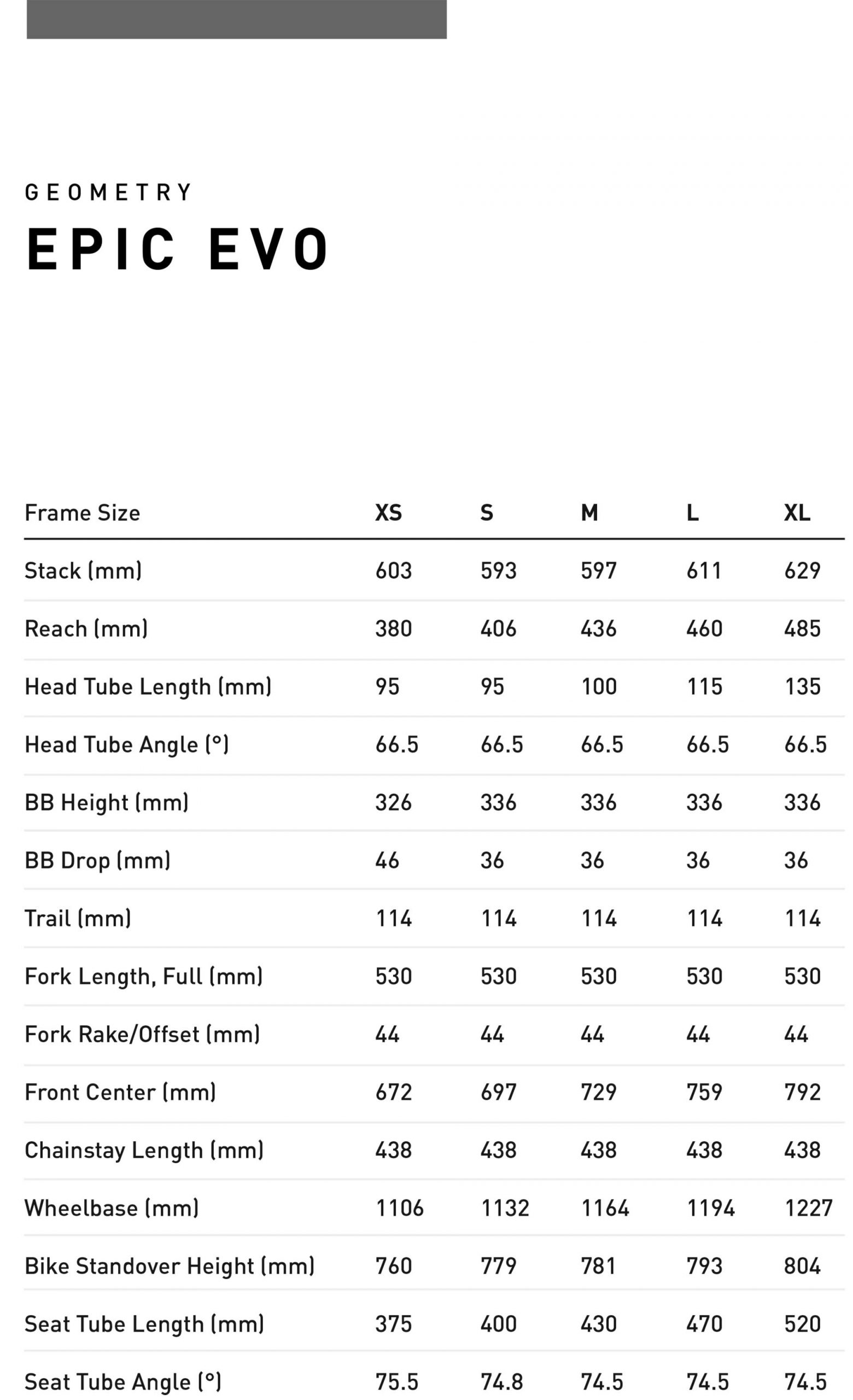
Prices for the Epic EVO follow a similar pattern to the Epic, starting at £3499 – for the bare S-Works EVO frame… then £3999 for the Epic EVO Comp with the Epic EVO Expert topping the range at £6099.
Not cheap, but hey, what price fun? Bikes should be coming into stock as you read this.
For more details, visit Specialized.com







What’s with Specialized not including top tube length in the geometry chart? Reach does not tell the whole story on fit, particularly when seated. In fact reach is important but arguably really just a by-product of other measurements and angles.
A fair point – I’ve measured the medium here and reckon that C-C horizontal is 580mm
I seem to recall Transition tried to do away with that measurement but did a u-turn fairly quickly. Probably got fed up answering all emails asking about it…
That S-Works is sweet looking. It would be utterly wasted on me but I would still love one.
Its a great thing that manufacturers are finally realising that a slightly slacker head angle on an XC bike doesn’t equate to poorer climbing. The Evo looks like the perfect bike for the riding I do.